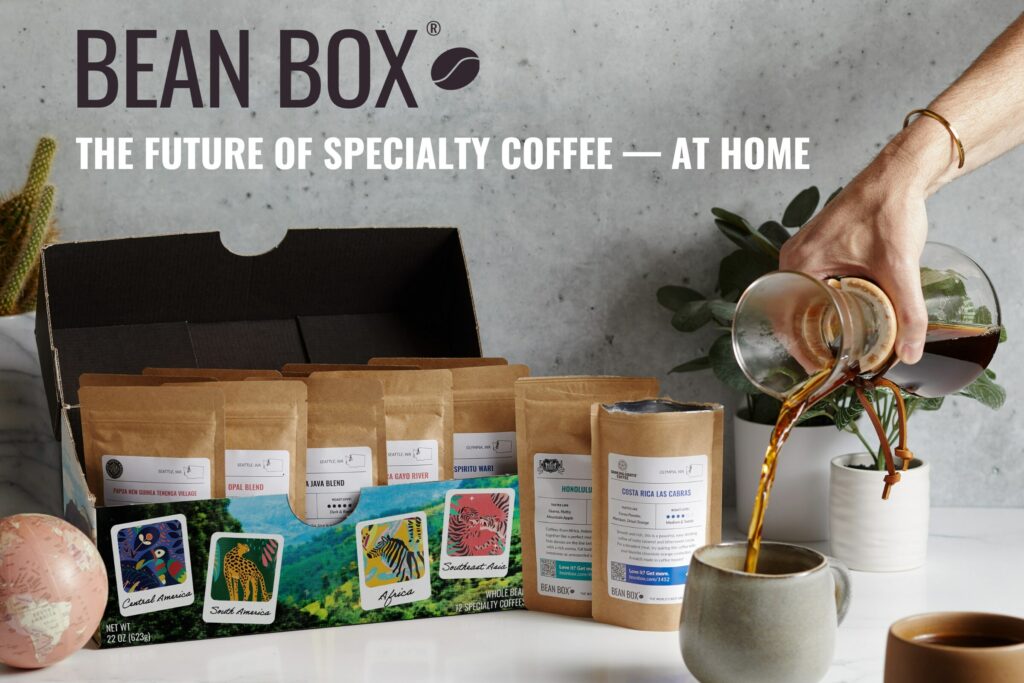More than 50% of BeanBox.com’s revenue is from recurring subscriptions, said CEO and co-founder Matthew Berk.
It took Bean Box more than a decade to achieve this milestone. But now that the brand has reached this mark, Bean Box wants to ensure that its customers continue to both like and buy its brand, Berk said.
Recurring shoppers are essential in today’s macroeconomic conditions, when ecommerce growth is slow, venture capital has stalled and customer acquisition costs have skyrocketed, he said.
“When you look at the cost of acquiring new customers, it is even more critical to cultivate the customers you’ve already acquired,” Berk said “And so if there’s a more recent emphasis on loyalty and lifetime value, in my mind it has a lot to do with the fact that new customers are incredibly hard to come by, whereas just roll it back maybe three or four years, we were gaining new customers hand over fist.”
Recurring revenue beyond Bean Box subscription shoppers
While subscribers provide a steady revenue stream, the real lynchpin to high customer life time value is allowing shoppers to also buy products outside of their subscription, Berk said.
“A lot of businesses that are starting out look at that economic model and they say, ‘Oh, if you want loyalty and you want LTV, be a subscription-only model.’ But then, you’re kind of preventing your customer from choosing to spend more money with you,” Berk said.
Anyone can purchase a product on BeanBox.com, but all subscribers are Bean Box members. They receive discounted pricing — typically 5% off — for one-time purchases, as well as a discounted pricing on their subscription purchases, discounted shipping, and cash back or “coffee cash” with every dollar they spend.
To drum up more sales, Bean Box will also offer exclusive discounts —15%-20% off — just to members about every six weeks.
“That member pricing is a lever that we can pull, in order to give people more encouragement to enjoy good coffee,” Berk said. Plus, these types of discounts may encourage first-time shoppers to sign up for a subscription.
Bean Box also remembers which coffee and which types of coffee shoppers have routinely purchased, rated high and low, and will suggest new coffees to buy based on these preferences.
This personalization and these perks are what keep shoppers returning to Bean Box again and again. The average subscriber stays with Bean Box for almost two years, Berk said.
“We’ve had subscribers who have been with us for nine years,” Berk said. “It is very unusual for someone to show up, do one or two deliveries and then go away. And even if they do, it’s because they realize they would like to buy a la carte. And so, we support that.”
Email is also a great way to remind shoppers about the brand, he said. The retailer has 70 types of life cycle emails that it sends to shoppers to encourage them to buy, such as a feature story about a new coffee roaster, how much coffee cash they have or an item they left in their cart.
Acquiring new customers
These tactics are critical to keep the shoppers Bean Box has already acquired. This is especially important within the past four years when the cost of acquiring customers has greatly increased, Berk said.
Berk views all of its customer acquisition tactics as a portfolio and works to not over emphasize any one.
“If you’re a marketer who has money to spend, you’ll know that among the items in your portfolio, things will wax and they will wane,” Berk said. For example, a new competitor with a marketing budget to spend enters the mix, Google may change its algorithm, or a large sporting event or political election could drive up the price of Facebook ads.
“They all change over time,” Berk said about acquisition channels. “In the past couple of years, it has gotten more and more both complicated and expensive to know how to target, whom to target, how much to spend, how to track it.”
The goal for Bean Box’s customer acquisition efforts is to gain a customer that will have a high life time value. To do that, the brand analyzes the product and channel it used to acquire its current best customers, and tries to replicate that campaign to a similar type of person.
Bean Box works to be efficient and achieve profitability
The overall goal for Bean Box right now, however, is not growth through customer acquisition, but to achieve profitability and business efficiency.
“The game that we’re playing now is how do we minimize expenses? How do we maximize our margin? How do we control for making the business as efficient as possible? And it is a different game,” Berk said.
Bean Box is not yet profitable, but it is the closest it’s ever been to profitability, he said.




